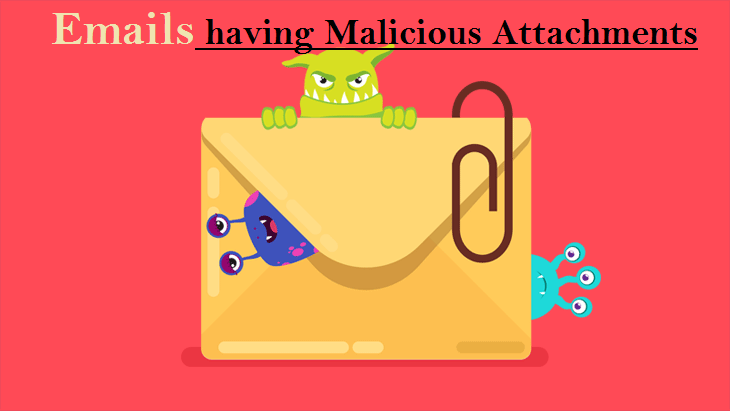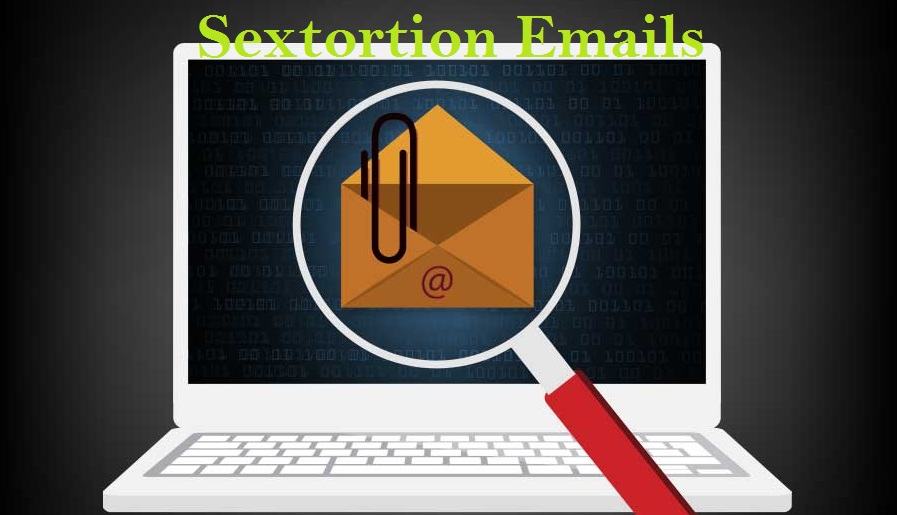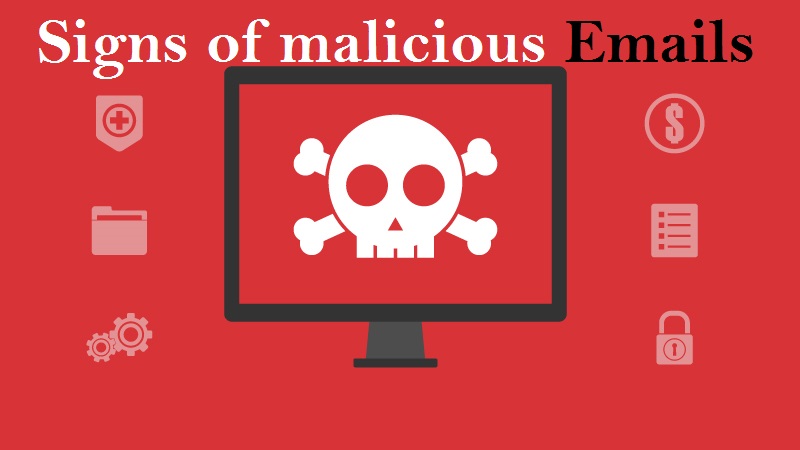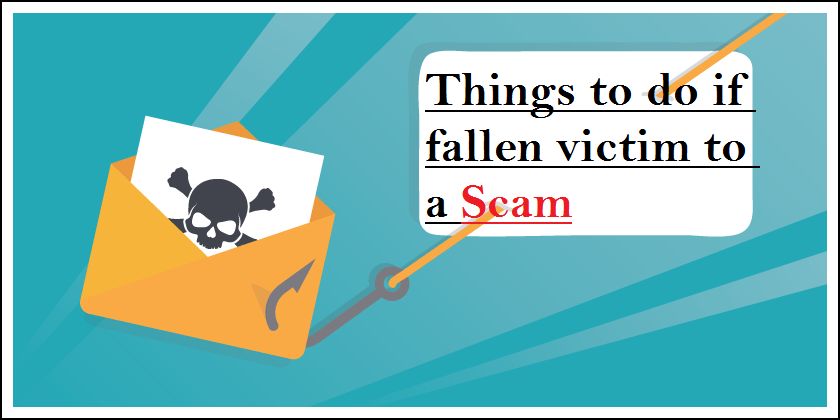Beware of the “News That’s Not Very Cheerful” Sextortion Scam
“News That’s Not Very Cheerful” sextortion scam Outline
Imagine opening your email and finding a shocking message claiming that your computer has been hacked, and someone has captured embarrassing videos of you. That’s exactly what the “News That’s Not Very Cheerful” email does. It’s a scam, plain and simple.
The email follows a classic formula used by scammers. They claim to have infected your device with malware, secretly recorded you engaging in explicit activities, and threaten to share the footage unless you pay them a hefty ransom – usually around $1200 in Bitcoin cryptocurrency.
But here’s the important part: it’s all a lie. Your device hasn’t been hacked, and no one has recorded you. The scammers are just trying to scare you into giving them money.
The email may even list a specific date when they claim to have breached your device. This is just another trick to make their story seem more believable. They’ll say they used malicious software to spy on you, gathering personal information and recording your online activity.
They threaten to send the supposed footage to your friends, family, and contacts if you don’t pay up within 48 hours. They may even threaten to leak your browsing history and login credentials to further intimidate you.
If you do decide to pay the ransom, they promise to remove the malware and delete the fake recordings. But even if you pay, there’s no guarantee they’ll keep their word. And because cryptocurrency transactions are nearly impossible to trace or reverse, once you send the money, it’s gone for good.
It’s important to remember that you’re not alone if you receive this kind of email. Many people fall victim to similar scams every day. The key is to stay calm, ignore the threats, and report the email to your email provider or local authorities.
Above all, never respond to the scammer or pay the ransom. Doing so only encourages them to continue their illegal activities. Instead, take steps to protect yourself online, such as using strong passwords and keeping your software up-to-date.
By staying informed and vigilant, you can avoid falling victim to hoaxes like the “News That’s Not Very Cheerful” sextortion scam and keep your money and personal information safe.
Message in the Spam Letter:
Subject: Access to your “-” device was obtained on 2/13/2024 2:49:54 PM….
Hey. I’m here to deliver some news that’s not very cheerful.
2/13/2024 2:49:54 PM
– It has come to pass that on this date, I orchestrated a breach into your device’s operating system, granting myself total access to your account. My observation of your online endeavors has been ongoing and unwavering.
I’ve inserted a virus into your system, which allows me to commandeer your devices’ controls, including the display and video camera. All your data is now mirrored on my servers.
What if we took this data and did something unexpected with it? Picture a video where one part is you doing masturbate and the other part is your online world. It’s this blend of personal and digital that’s the latest trend!
The result? Totally knocked my socks off.
A mere click stands between this video going viral among your contacts through email, social media, and instant messaging. Furthermore, I could divulge access to your personal communication platforms.
If you’d rather I abstain, transfer 1200$ (American dollars) directly to my Bitcoin wallet.
My BTC address:
bc1qqqvz6nlzazfaj0u5uqv495425y2u4pjs63zam2
If you’re having difficulties with adding funds to your Bitcoin wallet, I suggest using Google. It’s really quite simple.
Upon receiving the funds, I will immediately remove all unwanted material. Afterward, we can part ways. I assure you that I am committed to deactivating and removing all malware from your devices. You can trust me; I always honor my commitments. This is a fair deal, especially considering the time and effort I’ve invested in tracking your profile and traffic.
You are required to make the payment within 48 hours of opening this letter.
After this period, if I don’t receive the specified amount from you, I’ll distribute access to your accounts, visited sites, personal data, and edited videos to everyone, without any warning.
Remember.I do not make mistakes, I do not advise you to joke with me, I have many opportunities.
There’s no use reporting me because they won’t be able to locate me. Formatting the drive or destroying your device won’t help because I already possess your data.
Writing back is meaningless, given that I don’t operate from a personal email and won’t be perusing responses.
Good luck, and don’t let this upset you!
P.S. As a word of advice for the future, always follow online safety protocols and refrain from visiting sketchy sites.
In terms of email-based cyber threats, what are the different types of malicious emails?
Emails having Malicious Attachments

Email spam containing malicious attachments is a commonly employed method by cybercriminals to compromise users’ computers with malware. Malicious attachments often harbor trojans that possess the ability to pilfer sensitive data such as banking details, passwords, and other confidential information.
The primary objective of cybercriminals in these attacks is to deceive their potential victims into accessing a compromised email attachment. They commonly employ email messages that discuss recently obtained invoices, faxes, or voice messages to accomplish this aim.
If an unsuspecting individual succumbs to the trap and opens the attachment, their computer becomes infected, allowing cybercriminals to gather a substantial amount of confidential data.
Although it is a more intricate technique to pilfer personal data (as spam filters and antivirus programs typically identify such endeavors), if cybercriminals achieve success, they can access a broader spectrum of information and continue accumulating data over an extended duration.
Phishing Emails

Typically, cybercriminals employ deceitful emails to deceive individuals on the internet into divulging their confidential personal information, such as login credentials for diverse online platforms, email accounts, or online banking details.
These types of attacks are commonly known as phishing. In a phishing attack, cybercriminals typically send an email that mimics the branding of popular services like Microsoft, Amazon, DHL, or Netflix. They craft messages with a sense of urgency, such as incorrect shipping details or expired passwords, and include a hyperlink, hoping to entice unsuspecting recipients into clicking on it.
Upon clicking the provided link in these email messages, victims are redirected to a counterfeit website that closely resembles the legitimate one. In this deceptive environment, victims are prompted to enter their password, credit card information, or other sensitive data, which is subsequently harvested by cybercriminals for malicious purposes.
Spam Emails

Spam emails are unsolicited, bulk messages sent to a large number of recipients simultaneously. They often contain unwanted advertisements, scams, or fraudulent offers. The primary purpose of spam emails is to promote products, services, or websites, sometimes of dubious nature.
These emails can be sent by individuals or automated bots, and they often target a wide range of recipients without their consent. Spam emails can clog up inboxes, consume storage space, and pose risks such as phishing attempts or malware distribution.
Sextortion Emails

This type of email is a form of phishing known as a “sextortion scam.” It preys on individuals’ fears and attempts to blackmail them into paying a ransom. The scam email falsely claims that a cybercriminal has gained unauthorized access to the victim’s webcam and possesses a compromising video recording of them engaging in explicit activities.
The scammers leverage the potential embarrassment and shame associated with such content to coerce the victim into paying a ransom, often in the form of cryptocurrency, to prevent the release of the alleged video. However, it is crucial to understand that these claims are entirely false and fabricated.
What are some indicators or signs that can help identify a malicious email?

To spot a malicious email you can look for the following indicators:
Suspicious Sender: Check the sender’s email address and verify if it matches the official contact information of the organization or person they claim to represent. Be cautious of email addresses that contain misspellings, random numbers, or unfamiliar domain names.
- Poorly Written Content: Pay attention to grammar and spelling mistakes, unusual language, or poor formatting. Legitimate organizations usually maintain professional communication standards.
- Urgent or Threatening Language: Beware of emails that create a sense of urgency, pressure you to take immediate action, or threaten negative consequences if you don’t comply. Scammers often use fear or time-sensitive situations to manipulate victims.
- Suspicious Attachments or Links: Be careful of email attachments or links, especially from unknown or unexpected sources. Don’t open attachments or click on links unless you are confident about their legitimacy. Hover over links to see the actual URL before clicking.
- Requests for Personal Information: Legitimate organizations typically don’t request sensitive information, such as passwords, Social Security numbers, or credit card details, via email. Avoid providing personal data unless you are certain of the email’s authenticity.
- Unusual Requests or Offers: Be wary of emails offering unexpected rewards, prizes, or financial opportunities. If something seems too good to be true or doesn’t align with your normal interactions, it could be a sign of a scam.
- Suspicious Email Design: Poorly designed or visually inconsistent emails may indicate a scam. Watch for generic greetings, mismatched logos, or distorted images.
If you have doubts about an email’s legitimacy, it’s best to err on the side of caution. Avoid clicking on links or downloading attachments, and consider contacting the sender through a verified channel to verify the email’s authenticity.
What actions can be taken if you have fallen for an email scam?

Below are the steps you should take if you’ve fallen prey to the “News That’s Not Very Cheerful” sextortion scam.
- If you have mistakenly provided your credit card information after clicking on a link in a phishing email, it is crucial to immediately contact your bank and inform them about the situation. It is highly likely that you will need to take steps to cancel the compromised credit card and request a replacement for enhanced security.
- If you have inadvertently provided your password after falling for an email scam, it is essential to promptly change your password. Typically, cybercriminals gather stolen login details and sell them to other malicious groups for potential exploitation. By changing your password immediately, you reduce the likelihood of criminals having sufficient time to cause harm or unauthorized access to your accounts and information.
- If you notice any indications of identity theft, it is important to promptly reach out to the Federal Trade Commission (FTC). The FTC will gather information about your situation and develop a personalized recovery strategy.
- Assist in safeguarding fellow internet users by reporting phishing emails to organizations such as the National Fraud Information Center, Anti-Phishing Working Group, FBI’s Internet Crime Complaint Center, and the U.S. Department of Justice.
- If you have inadvertently opened a malicious attachment, it is likely that your computer has been compromised. To address this, it is advised to conduct a thorough scan of your system using a reliable antivirus software. We suggest utilizing SpyHunter 5 for Windows to help mitigate any potential threats.
⇓⇓Download Spyhunter 5 Free Scanner⇓⇓
Do make sure to read SpyHunter’s EULA and Privacy Policy. Spyhunter free scanner downloaded just scans and detect present threats from computers and can remove them as well once, however it requires you to wait for next 48 hours. If you intend to remove detected threats instantly, then you will have to buy its licenses version that will activate the software fully.
Frequently Asked Questions
Why was I included in the distribution of this email?
Phishing emails are often disseminated by threat actors through extensive campaigns, leading to thousands of recipients receiving comparable messages.
If I have viewed a spam email but refrained from opening the attachment, is there a possibility that my computer has been infected with malware?
Simply opening or reading an email does not pose a direct risk of malware infection. The actual threat arises when you interact with malicious attachments or links contained within the email, triggering potential malware download or installation processes.
If I downloaded and opened a file from a spam email, does that mean my computer is infected?
If the file you opened from a spam email was an executable file (.exe, .run, etc.), there is a high chance that your computer may be infected. However, if the file was a document format (.doc, .xls, .one, .pdf, etc.), the risk of infection may be lower as these formats usually require additional actions to initiate the download or installation of malware, such as enabling macros or clicking on embedded content.
If I have unknowingly shared my personal information in response to a deceptive spam email, what steps should I take to mitigate the potential risks?
If you have mistakenly shared your login credentials, it is crucial to change the passwords for all affected accounts promptly. Additionally, if sensitive personal information like identification documents or credit card details were disclosed, it is important to promptly notify the relevant authorities or organizations responsible for handling such incidents.
Is SpyHunter 5 capable of detecting and eliminating malware infections that may be present in email attachments?
SpyHunter 5 is powerful security software that is specifically designed to scan devices and effectively remove various types of malware infections. With its comprehensive scanning capabilities, it can detect and eliminate most known malware threats, including those that may be present in email attachments and pop-up notifications. Running a thorough system scan is crucial to ensure that all potential threats are identified and removed from your device.





